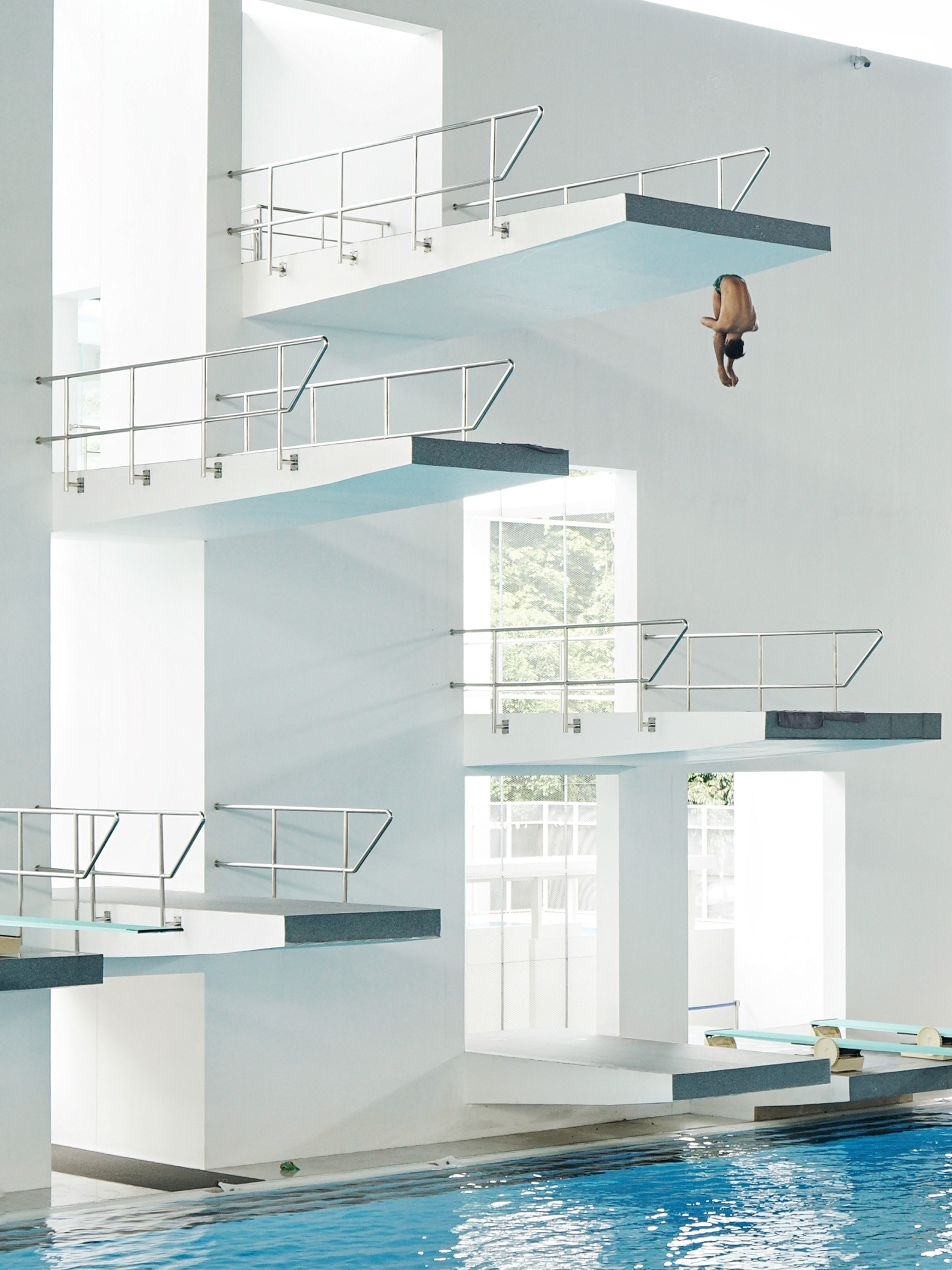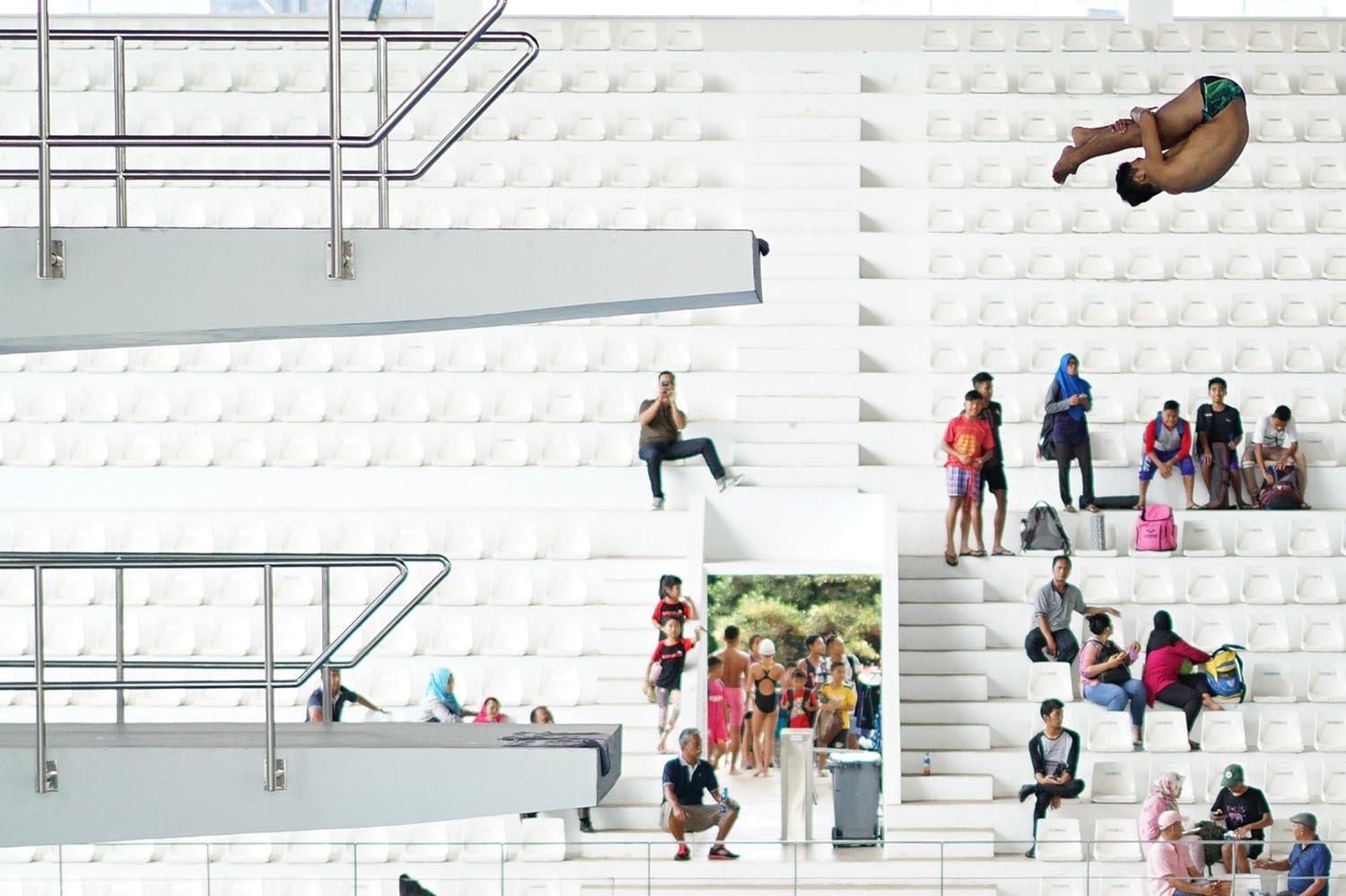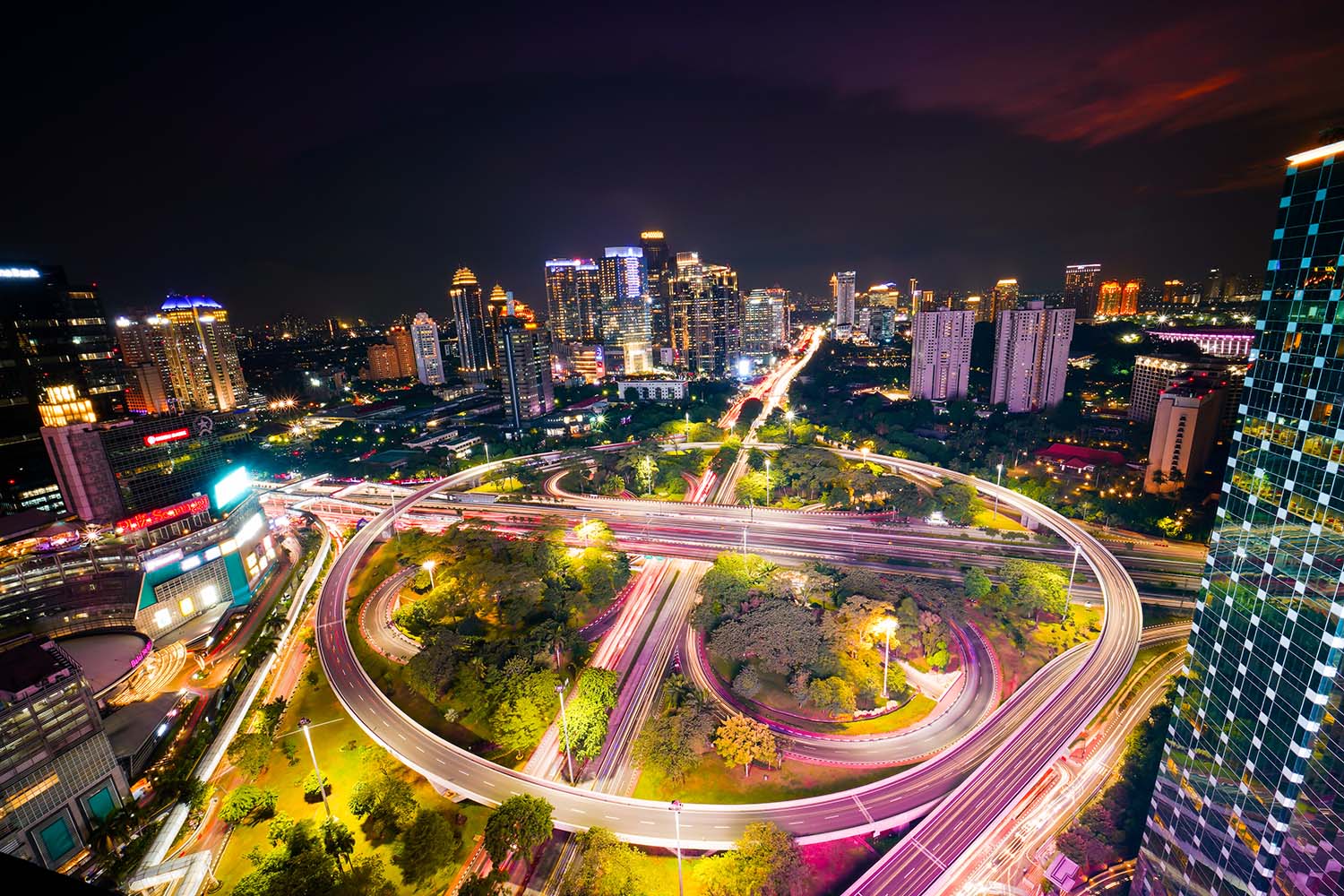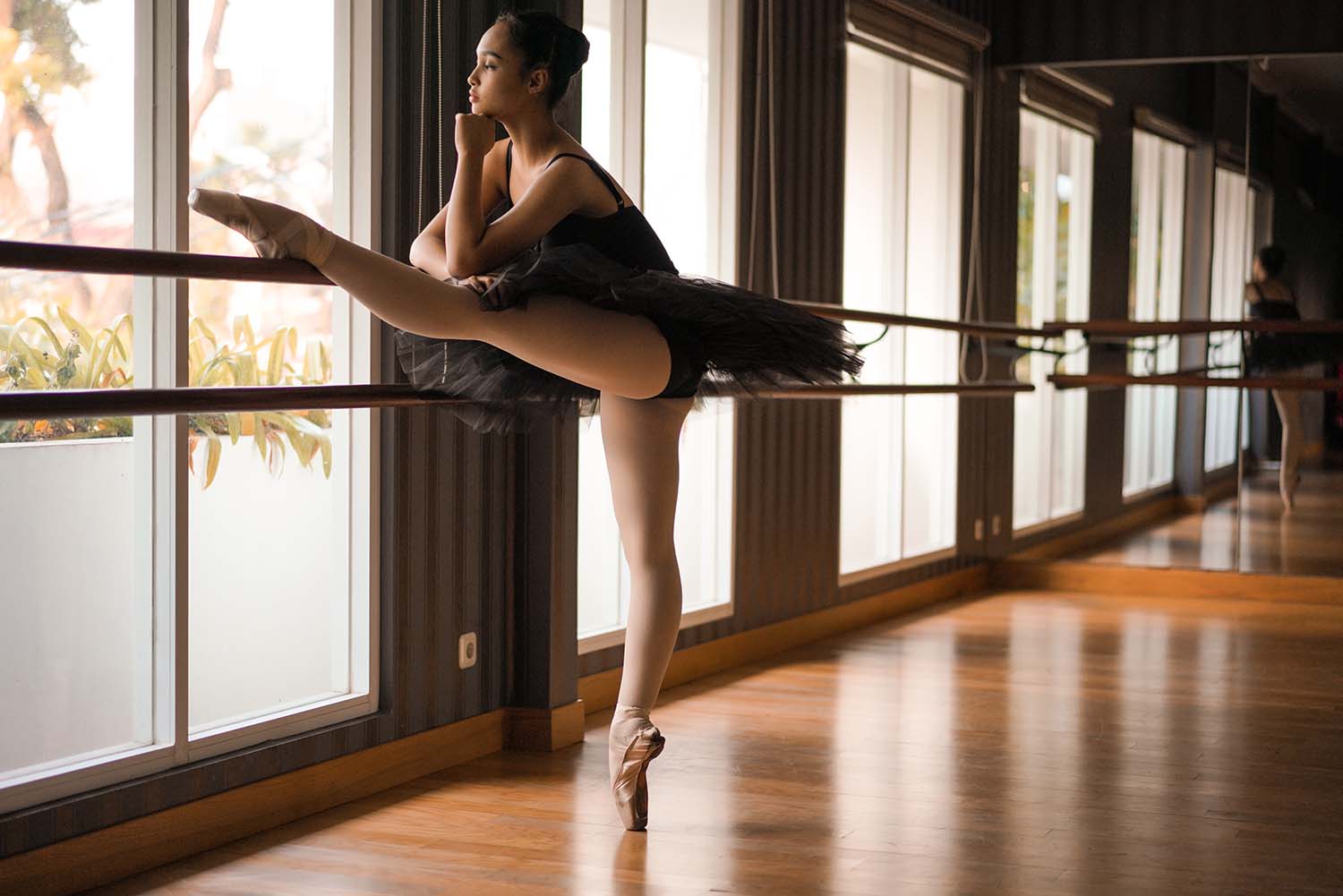DON'T MISS OUT
The Sony World Photography Awards exhibition is back with a powerful mix of photography and stories from around the world, featuring top talent and fresh perspectives.
Somerset House London, 17 April - 5 May.
The Sony World Photography Awards exhibition is back with a powerful mix of photography and stories from around the world, featuring top talent and fresh perspectives.
Somerset House London, 17 April - 5 May.

Fajar Kristianto is a graduate from the Psychology Department at the Universitas Indonesia, who predominantly focuses on portraits of people. Nevertheless, he cannot recognize what made him dedicate his photography experience to the ‘portraiture’ genre.
“I would rather call myself a ‘hitchhiking photography enthusiast’. I combine street, portraits, landscape, and still life to deliver stories to the viewers” says Kristianto.
His image “The highest platform”, taken at the aquatic stadium for The 18th Asian Games in Gelora Bung Karno sports complex, Jakarta, has won the Open Motion category and Indonesia National Award in the 2018 Sony World Photography Awards.


How did you become a photographer?
During the first semester of university in 2004, I borrowed an old Canon AT-1 with 50 mm F/1.4 attached for additional activity between classes. I remember buying a couple of first B/W films in a vintage camera marketplace. The only note I had that time was the instruction printed on the film package. I attached it to the back of the camera as I wandered around to remind me about the ISO, shutter speed, and the aperture settings. I learned to develop some of the rolls but the results were not as good as the film lab. Every time I got the prints, I always asked for feedback from my friends who were photographers and graphic designers for campus magazines. I made projects to capture the campus life. Soon after, with the release of the digital camera and other visual art platforms on the internet (fotografer.net, deviantart.com) I decided to jump into various genres of photography. I tried street, still life, portraits, landscape, and conceptual. In 2006, my classmates and I established a Photography Club in our faculty called PoPS (Psychology Photographic Society). We used this as a forum to share knowledge and exhibit once a year. The forum still exists after 12 years after creation.
I landed my first freelance job as an assistant photographer for a traditional wedding event. Then almost all of my weekends as a student, I spent my free time shooting for weddings and corporate events, one after another. I remembered using a rental Canon EOS 350D with only 8 megapixels resolution. I cannot believe the technology has advanced so far that I’m now using Sony A7R Mark III with over forty megapixels. At that time, I did not think of photography as a full-time career. It remained the same until now. After graduation, my photography journey was a bit slow. I did not regularly take wedding events on the weekend. I switched to take model portraits in the studio and worked with a team of stylists, makeup artists, and lighting specialists.
I challenge myself constantly. I tried photojournalism if there was no job at the studio. I used my weekends to go into random spots in Jakarta to take pictures and to write articles. I did not count how many times I sent them to publishers and been notified that they were not qualified to be published. It is interesting that I learned another skill through photography - writing. The quote “A picture tells a thousand words” I thought better be revised - “A picture tells a thousand words, but not necessarily the whole story”. The combination of pictures and writing represents a comprehensive message through visual media. The offer to be a photographer for a non-profit institution, English Art Lab, I used as an opportunity to exercise both skills. Through a program called “English Without Borders”, the institution awarded a Social Impact category after the documentary was presented at a British Council event in Singapore. I took a portrait image at one of the EWB sites that was shortlisted for the Open Competition - Portraiture Category and won the Indonesia National Award at Sony World Photography Awards 2017. The image title is “The billiard gangster”.
My photography journey once again took another turn as my company, Freeport Indonesia, sent me to Tembagapura, Papua, the Easternmost part of Indonesia. With a schedule of 6 weeks on site and 2 weeks vacation, I still managed to take pictures in the village nearby Tembagapura. I learnt to create photo essays and had the opportunity to be featured on a company’s website in Indonesia, as well as in Phoenix, US. My main job as a HR Analyst and Contract Manager exposed me to the main operations of the Underground Mine Operation. I learnt to take industrial photography through this opportunity. For my two-weeks off in Jakarta, I collaborated with a Ballet School to create profiles and promotions. If the schedule matched, I also took pictures of their public performances.


What does your work focus on?
I try to focus on showing a complete story through my pictures and writing. Safe to say, documentary is my current focus. Through series of pictures and writings, I expect to deliver comprehensive stories.
Can you tell us more about the image that won in the Open Competition Motion Category?
It was in December 2017 when the upcoming event of The 18th Asian Games (held in August 2018) had brought growing euphoria towards sporting activities. Massive constructions were happening in Jakarta and Palembang as the cities were hosting the event. The Gelora Bung Karno sport complex was redesigned to accommodate all competing sports -one of which was the water sports. The swimming club Senayan was not just renovated into a regular sports venue, rather it became an architectural masterpiece and renamed as The Aquatic Stadium Bung Karno. Designed by Andra Matin’s agency, the platform jumping venue was reconstructed to create a theatrical ambience for the athletes and the spectators. Actors who were performing an action play on the stage (platform jumping) would be watched enthusiastically by the spectators on the elevated tribune surrounding the stage.
There was an event when I was wandering around the Aquatic Stadium, which had just opened to the public. Though the public could access the venue, they were restricted to only watch the swimming event, as opposed to the mass media representatives. The platform-jumping venue caught my eyes and I walked in to get an ideal distance to shoot from. I considered myself lucky to witness the platform jumping athletes in rehearsals.
I put the burst mode on the camera and then waited by the left tribune, whilst browsing references on my phone.


Do you have a favorite image? Why is it special?
I do. It was taken at the Mass Rapid Transport Jakarta project, Indonesia. Jakarta in particular will soon have its first underground public transport, and I am beyond excited to witness and capture it as this is a historic moment for people in Indonesia. I hope in the future it will become the trigger for other cities in Indonesia to develop more advanced, efficient, and environmentally-friendly public transport.


What are you currently working on?
Currently I am working on two projects. First, the industrial photographs of an Underground Mine. I worked in Freeport Indonesia, Tembagapura – Papua, where soon it will operate the largest and most sophisticated underground mine in the world after the transition of its Grasberg open pit mine. I follow the daily activities in the mine and try to record it through pictures and writings. Secondly, I collaborated with a Ballet school in Jakarta to capture student profiles and performances. Both of the projects intend to educate the public, Indonesian citizens in particular, about the mining industry and performing arts, which have limited access at this moment.
For my own project, I have been capturing a traditional hand-rolled cigar manufacturer, Taru Martani, in Yogyakarta since 2016. I visited the place for the second time when it celebrated its 100 year anniversary in July 2018. Most of the workers are female who joined the company over 15 years ago; some even have been working there for more than 25 years. Unlike the modern factory with robotic machines with a huge capacity, it feels relaxing to observe each phase of the production handled by human touch. They work in an unexplainable rhythm in the buildings that age more than a century. Listening to the Javanese dialects, as the employees process the tobacco leaves and the local radio echoes from the corner, is a meditative experience to capture them through my lens. I wrote a short draft about them on my blog.
The Sony World Photography Awards exhibition is back with a powerful mix of photography and stories from around the world, featuring top talent and fresh perspectives.
Somerset House London, 17 April - 5 May.